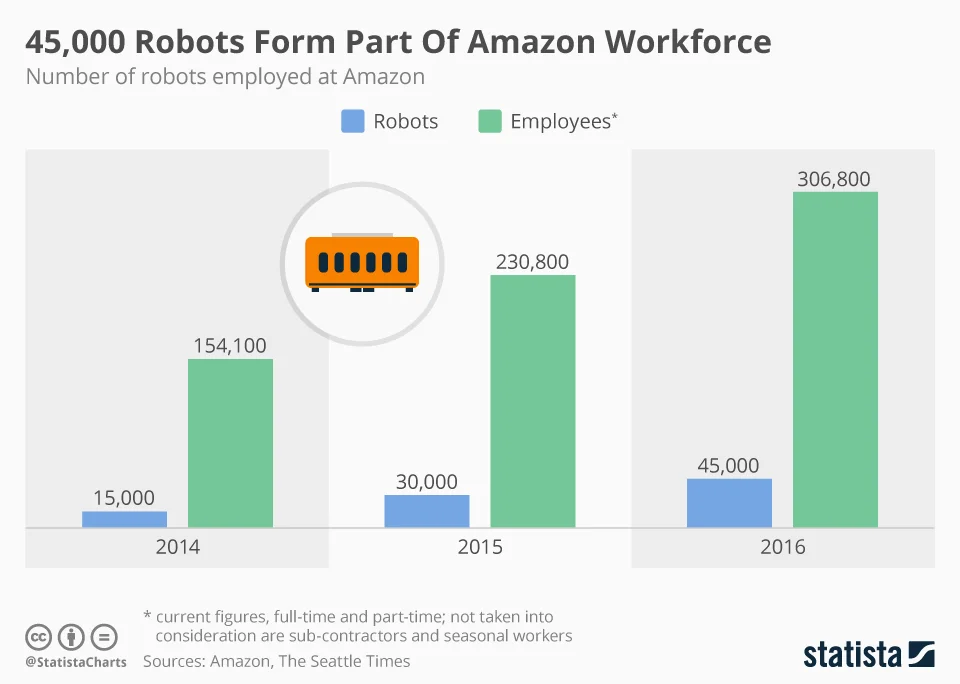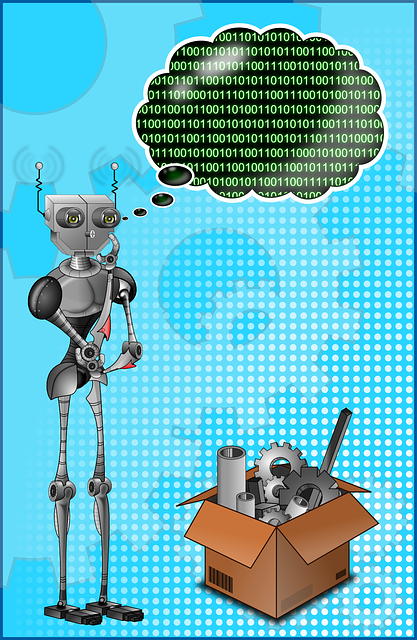I've dug into Amazon's patent filings over the last five years and mined the patent titles for keywords related to inventory and logistics. Patents range from the mundane like optimization of packaging sizes or allocating regional inventory to reduce out-of-stock costs to the more technologically advanced like autonomous vehicles, mobile ground-based fulfillment centers, and drones. At the far end of the spectrum are topics that appear to be more the realm of sci-fi fantasy like underwater warehouses, airborne warehouses, and beehive-like warehouses, but hey, who knows.
Read More



















